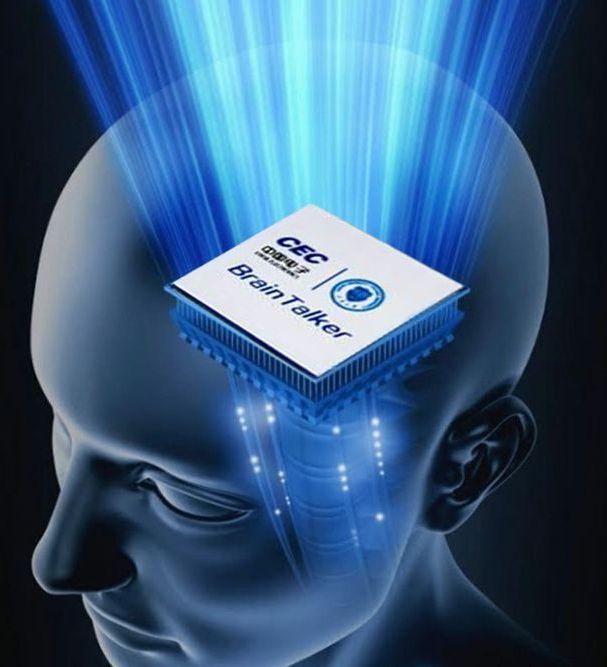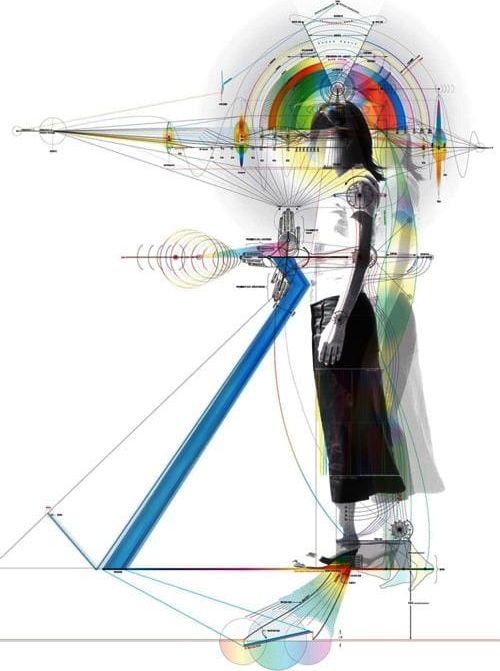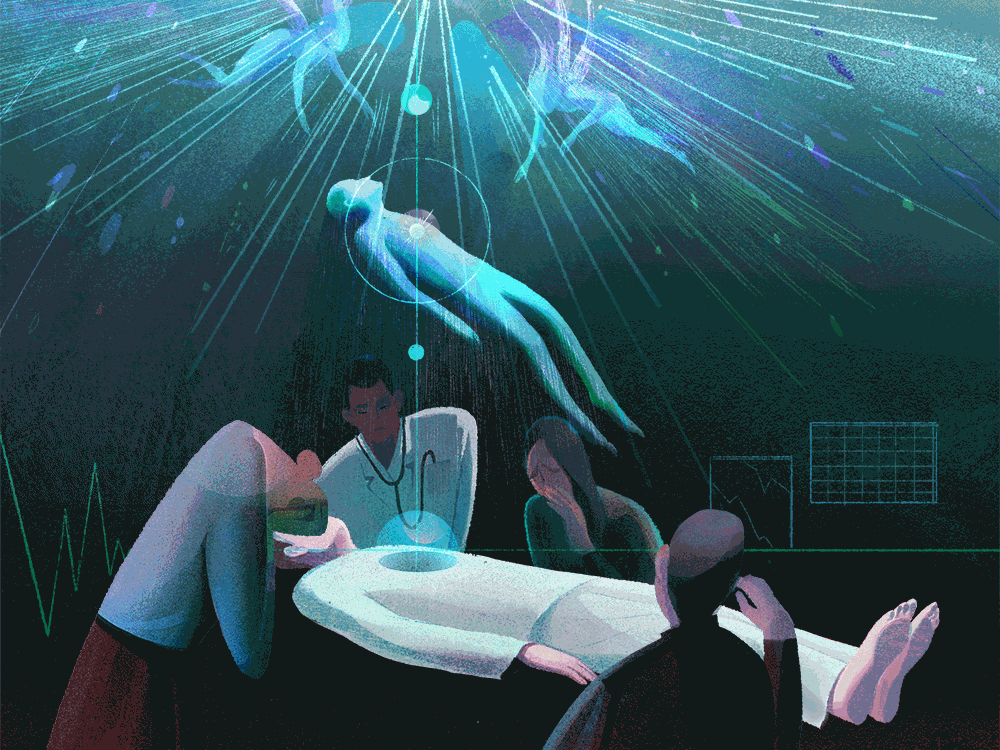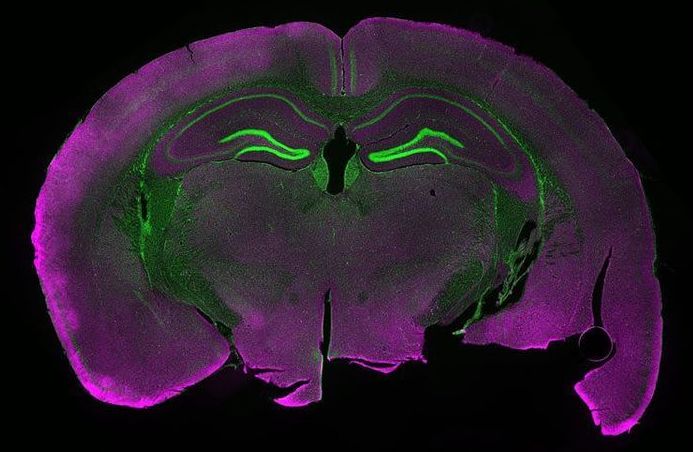A worldwide team of senior scientists and clinicians have come together to produce an editorial which indicates that certain microbes — a specific virus and two specific types of bacteria — are major.



A MIND reading brain computer chip has been announced at the World Intelligence Congress in China.
The breakthrough device is called Brain Talker and allows a person to control a computer with just their brainwaves.
Brain-computer interfaces (BCIs) are devices that have been designed to create simple communication between the human brain and computers.

The double helix of dna and transferring for information and energy by torsion field in quantum beings.
Every human is a complex, multi-dimensional energy being.
THE HUMAN BIOFIELD DEFINED:
The human biofield is the energetic blueprint or matrix that creates the human form. Every human being, and every living creature on this planet, has such a blueprint. The human biofield is multidimensional, offering 3D physical form along with the vibrational aspects of the emotional and mental planes and beyond. The biofield is holographic and predetermines who we are, while at the same time reflects our state of being moment to moment. If any portion of the physical body is removed, the holographic blueprint of that tissue remains. The biofield can be read, scanned and interpreted in many different ways, just like any blueprint.


LA JOLLA—(June 6, 2019) Scientists once thought that neurons, or possibly heart cells, were the oldest cells in the body. Now, Salk Institute researchers have discovered that the mouse brain, liver and pancreas contain populations of cells and proteins with extremely long lifespans—some as old as neurons. The findings, demonstrating “age mosaicism,” were published in Cell Metabolism on June 6, 2019. The team’s methods could be applied to nearly any tissue in the body to provide valuable information about lifelong function of non-dividing cells and how cells lose control over the quality and integrity of proteins and important cell structures during aging.

Nowhere is that clearer than in Africa, which has the world’s lowest share of people using the internet, under 25%. The cohort of 800 million offline people spread across the continent’s 54 countries is younger and growing faster than most, but incomes are lower and a larger share of residents live in rural areas that are tough to wire for internet access—or, for that matter, electricity. Now, however, a handful of phone purveyors are trying in greater earnest to nudge internet-ready upgrades into African markets, with models designed with an eye toward rural priorities (first those of rural India, where they’re already hits), rather than battered thirdhand flip phones from the heyday of the Spice Girls.
About half of humanity don’t have internet access, and a lot of those people are in Africa. Enter a $20 device with smartphone brains and a five-day battery.

“Do we have a chance of ever understanding brain function without brain simulations?” So asked the Human Brain Project (HBP), the brainchild of Henry Markram, in a new paper in the prestigious journal Neuron.
The key, the team argued, is to consider brain simulators in the vein of calculus for Newton’s laws—not as specific ideas of how the brain works, but rather as a programming language that can execute many candidate neural models, or programs, now and in the future. When viewed not as a vanity project, but rather as the way forward to understand—and eventually imitate—higher brain functions, the response to brain simulation is a resounding yes.
Because of the brain’s complexity and chaotic nature, the authors argue, rather than reining in simulation efforts, we need to ramp up and develop multiple “brain-simulation engines” with varying levels of detail.

Researchers at Amsterdam’s UMC have identified a rare gene that halves people’s chances of developing dementia in old age.
People with the genetic variant, which occurs in around 1% of the population, are also more likely to live longer. The researchers studied 16 different sample populations in Europe and North America, including a number of people over the age of 100, for the study published in the journal Acta Neuropathologica.
The discovery could potentially be used to treat Alzheimer’s disease and other degenerative illnesses such as frontotemporal and Lewy body dementia.
